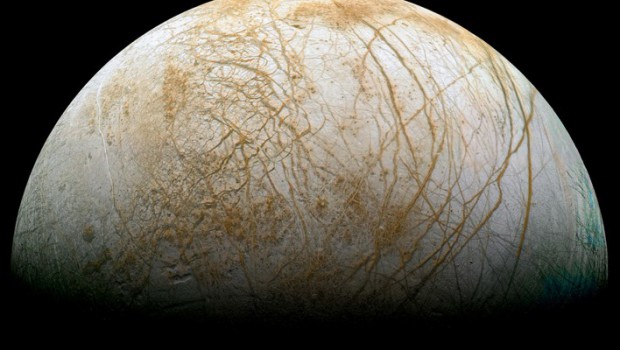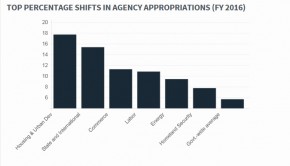NASA Holds on to ISS, Mars, Orion, and Europa in No-Growth $17.5B Budget
The U.S. National Aeronautics and Space Administration (NASA) unveiled its portion of the US$3.9-trillion U.S. budget for the 2015 fiscal year. It’s a maintenance regime—keeping up most current programs, and reaching, however tentatively, for Mars and Europa, while cutting back a bit on some programs to watch the stars and monitor Earth’s climate.
The basic budget plan is flat: It keeps current programs (or most of them) going— but at $17.5 billion, the spending package is slightly lower than the $17.6-billion appropriation for the current year; the reduction keeps NASA’s budget in line with the Bipartisan Budget Act of 2013 (BBA), the compromise worked out in December to avoid the deeper cuts of sequestration.
There’s a glimmer of hope on the horizon, though. The U.S. budget also includes a $56-billion Opportunity, Growth and Security Initiative (OGSI). The proposal lays out what the U.S. could do, if Congress allows the additional spending—off the BBA books, as it were—to be funded out of “tax loophole closers and spending reforms.” The goals include restoring the country’s “global edge in basic research,” and NASA could, pols-willing, come in for an additional $886 million to support new and expanded missions.
So the space agency’s 2015 budget comes in two tiers, like automobile options: the $17.5-billion standard package, and the $18.4-billion OGSI package.
Full article by Douglas McCormick, IEEE Spectrum






























































































































































